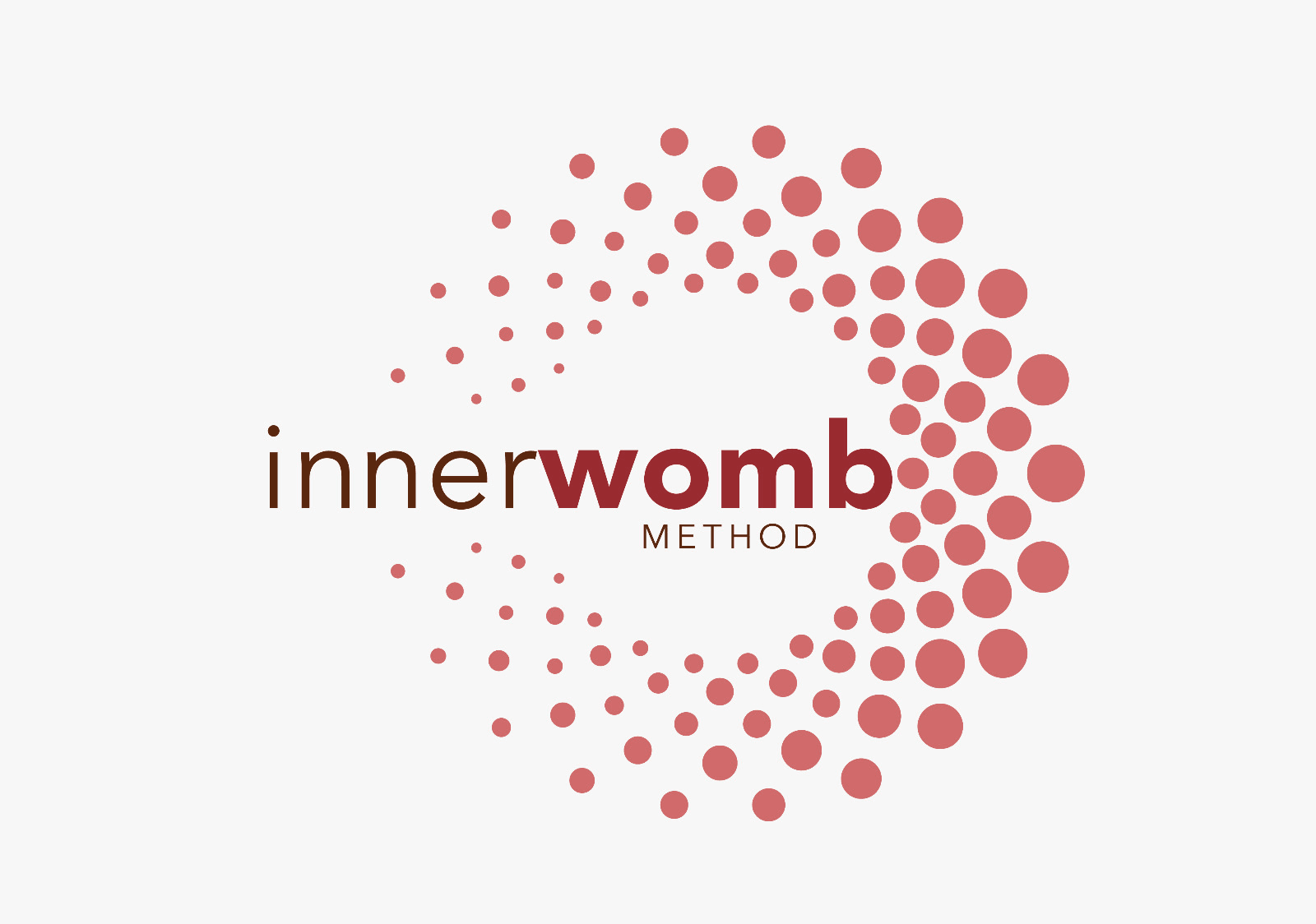Womb Healing for Trauma: Release your Feminine Wounds & Reclaim your Embodied Power

Womb healing is a holistic practice aimed at addressing emotional and physical trauma stored in the womb. It focuses on the connection between the womb and overall well-being, recognizing the impact of trauma on a woman's life. Various techniques are used for womb healing, including meditation, energy work, and physical therapies. These methods help to release blocked energy and promote emotional and spiritual healing, leading to improved physical health and enhanced femininity.
Understanding Womb Healing

Womb healing encompasses a multifaceted approach to understanding the emotional, spiritual, and physical dimensions of the womb. This section delves into its vital role in emotional wellness and how trauma can manifest within this sacred space.
The Role of the Womb in Emotional Wellness
The womb is not merely a physical organ; it symbolizes creation, intuition, and profound emotional responses. Within many cultures, the womb is seen as a reservoir of emotions and is intricately connected to a woman's identity. A healthy emotional state is crucial for overall well-being and is often reflected in the womb's condition. Nurturing this organ can lead to enhanced emotional balance and stability.
These themes are explored in the sacred womb awakening, which invites us into deeper emotional and spiritual connection with our creative centre.
How Trauma Affects the Womb
Trauma can have a significant impact on the womb, often resulting in physical and emotional distress. Understanding this connection is key to effective healing practices. The effects of trauma on the womb can vary greatly, influencing emotional states and physical health.
Signs of Trauma in the Womb
- Chronic pain or discomfort in the pelvic area.
- Menstrual irregularities, including pain and heavy bleeding.
- Emotional symptoms such as anxiety, depression, or feelings of disconnection.
- Difficulty in intimate relationships or sexual dysfunction.
The Connection Between Trauma and Energy Blockages
Emotional and physical traumas can lead to energy blockages in the womb. These blockages often manifest as discomfort or emotional distress, affecting a woman's overall quality of life. Recognizing how these energies are stored is essential for initiating the healing process. Techniques used in womb healing aim to release these blockages and restore emotional and physical harmony.
This work echoes the insights found in energetic womb trauma, which describes the subtle imprints trauma leaves on our energy body.
Exploring the Sacred Womb
Delving into the sacred womb reveals its profound significance across various cultures and its role as a healing sanctuary.
Symbolism of the Womb in Various Cultures
The womb has long been revered as a powerful symbol. Many cultures view it as a representation of life, creation, and femininity. This symbolism encompasses:
- Creation and Birth: In numerous traditions, the womb is seen as a vessel that brings forth life, reflecting the cycles of nature.
- Fertility: The ability to conceive and nurture is considered sacred, representing abundance and growth.
- Connection to the Earth: Many believe the womb symbolizes the connection between women and Mother Earth, emphasizing nurturing energy.
These symbolic interpretations highlight the womb's central place in the feminine experience and its spiritual dimensions in healing practices.
The Womb as a Sacred Space for Healing
The womb serves not only as a physical organ but also as a sacred space for emotional and spiritual healing. This sanctuary is characterized by:
- Intuitive Wisdom: The womb is believed to house deep intuitive knowledge, guiding personal healing journeys.
- Emotional Safety: Recognizing the womb as a sacred space allows women to feel safe enough to explore and release stored traumas.
- Healing Energy: Many rituals and practices aim to cleanse and rejuvenate the womb, tapping into its inherent healing abilities.
By exploring these aspects, individuals can cultivate a deeper appreciation for the womb's role in their healing journeys and personal empowerment.
Techniques and Practices for Womb Healing
Several techniques and practices can be employed in womb healing to facilitate emotional and spiritual release. These methods are designed to engage with the womb's energy and encourage deeper connections with one's inner self.
Meditation and Visualization Practices
Meditation serves as a fundamental approach in womb healing. It helps individuals to create a safe space for introspection and emotional release. Visualization techniques can enhance this practice.
Guided Meditations for Womb Clearing
Guided meditations specifically focused on womb clearing are beneficial. These meditations often involve visualizing healing light surrounding the womb, allowing traumatic energies to dissolve.
These experiences can be enriched through emotional womb awakening, which guides us to release suppressed emotions.
Energy Work and the Sacral Chakra
Energy work plays a significant role in womb healing as it targets the sacral chakra, the energy center associated with creativity and emotional balance. Techniques may include chakra alignment and energy healing sessions.
Physical Therapies and Massages
Physical therapies such as specialized massages can help release tension stored in the body. Techniques aimed at the womb area focus on realigning physical and emotional health.
Yoni and Cervix De-armoring Techniques
Yoni and cervix de-armoring techniques involve gentle touch and manipulation to alleviate physical discomfort. These practices promote relaxation and release deeply held emotional traumas.
Breathing Techniques for Womb Healing
Conscious breathing exercises are vital in womb healing. They enhance awareness of bodily sensations and create a calming environment that supports emotional clarity.
Sound Therapy in Womb Healing
Sound therapy utilizes instruments like singing bowls or tuning forks to create resonating vibrations. These therapeutic sounds help in aligning energy and releasing emotional blockages from the womb.
Benefits of Womb Healing
The process of womb healing offers a variety of benefits that extend to emotional, physical, and spiritual aspects of a woman's life. These advantages contribute to overall well-being and encourage a deeper connection to one’s femininity.
Emotional and Spiritual Healing
Womb healing can facilitate profound emotional release. By addressing trauma stored in the womb, women often experience:
- Reduction in anxiety and depression
- Increased feelings of inner peace
- Strengthened emotional resilience
This emotional work often leads to enhanced spiritual awareness, allowing women to connect more deeply with their inner selves and intuitive voice.
Physical Health Improvements
Practices associated with womb healing can lead to significant physical health benefits, including:
- Relief from menstrual pain
- Improved reproductive health
- Regulation of hormonal imbalances
Many women report a more balanced menstrual cycle and increased overall vitality as a result of these healing practices.
Enhancing Femininity and Sexuality
Engaging in womb healing can empower women to embrace their femininity. Benefits include:
- A greater sense of body awareness
- Increased pleasure and intimacy
- Heightened confidence in sexual expression
This transformation fosters a more fulfilling connection to oneself and to partners.
Boosting Emotional Self-Awareness
Womb healing encourages deeper exploration of personal emotions and experiences. Benefits can manifest as:
- Heightened self-acceptance and compassion
- Increased ability to set healthy boundaries
- A clearer understanding of personal desires and needs
This emotional clarity can lead to healthier relationships and a more balanced life.
Integrating Womb Healing into Your Life
Incorporating womb healing into daily life can foster deeper emotional awareness and connections. Establishing a routine, creating sacred spaces, and embracing feminine energy are key elements.
Establishing a Personal Womb Healing Routine
Developing a consistent routine for womb healing can significantly enhance overall well-being. This can include:
- Meditation sessions focused on the womb.
- Regular journaling to process emotions.
- Practicing physical therapies, such as gentle yoga.
- Setting aside time for self-reflection and emotional check-ins.
Creating a Sacred Space for Practicing
A designated sacred space can amplify the energy of womb healing practices. Elements to consider when creating this space include:
- Using soft, calming colors and comfortable seating.
- Incorporating natural elements such as plants, crystals, or water.
- Displaying meaningful symbols or images that resonate with personal healing.
- Ensuring the space remains free from distractions during practice.
Connecting With Your Inner Feminine Energy
Strengthening the connection to inner feminine energy can greatly enrich the womb healing experience. Techniques include:
- Engaging in creative activities that spark joy.
- Practicing rituals that honor the feminine cycle.
- Surrounding oneself with supportive and nurturing relationships.
- Exploring self-care practices that celebrate femininity, such as baths or skincare.
Frequently Asked Questions About Womb Healing
This section addresses common inquiries regarding womb healing. Understanding the role of this practice can clarify its benefits and practical aspects for interested individuals.
Can Womb Healing Help with Chronic Pain?
Womb healing has shown promise in alleviating chronic pain. Many women report reduced discomfort related to menstrual cycles, pelvic pain, and other reproductive issues after engaging in womb healing practices. This is attributed to the release of stored trauma and energy blockages, allowing for improved physical well-being.
The Role of Professional Practitioners in Womb Healing
Professional practitioners often play a crucial role in womb healing. Trained in various modalities, they can guide individuals through tailored healing processes. These practitioners offer tools and techniques suited to each unique situation, ensuring that women receive the support needed for their healing journeys.
How to Know if Womb Healing is Right for You
Determining if womb healing is suitable involves self-reflection and consideration of personal experiences. Signs that womb healing might benefit someone include:
- Experiencing emotional blockages related to past trauma.
- Feeling disconnected from one’s femininity.
- Struggling with physical symptoms related to menstrual health.
Exploring these feelings can provide insight into whether this transformative practice aligns with individual healing goals.
